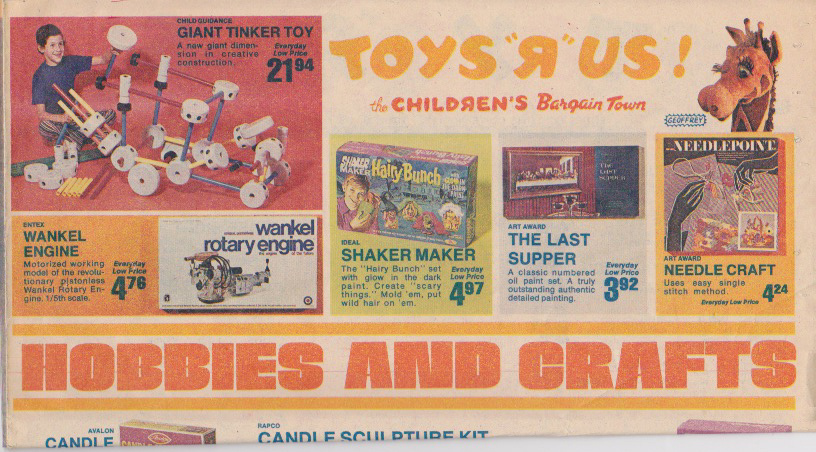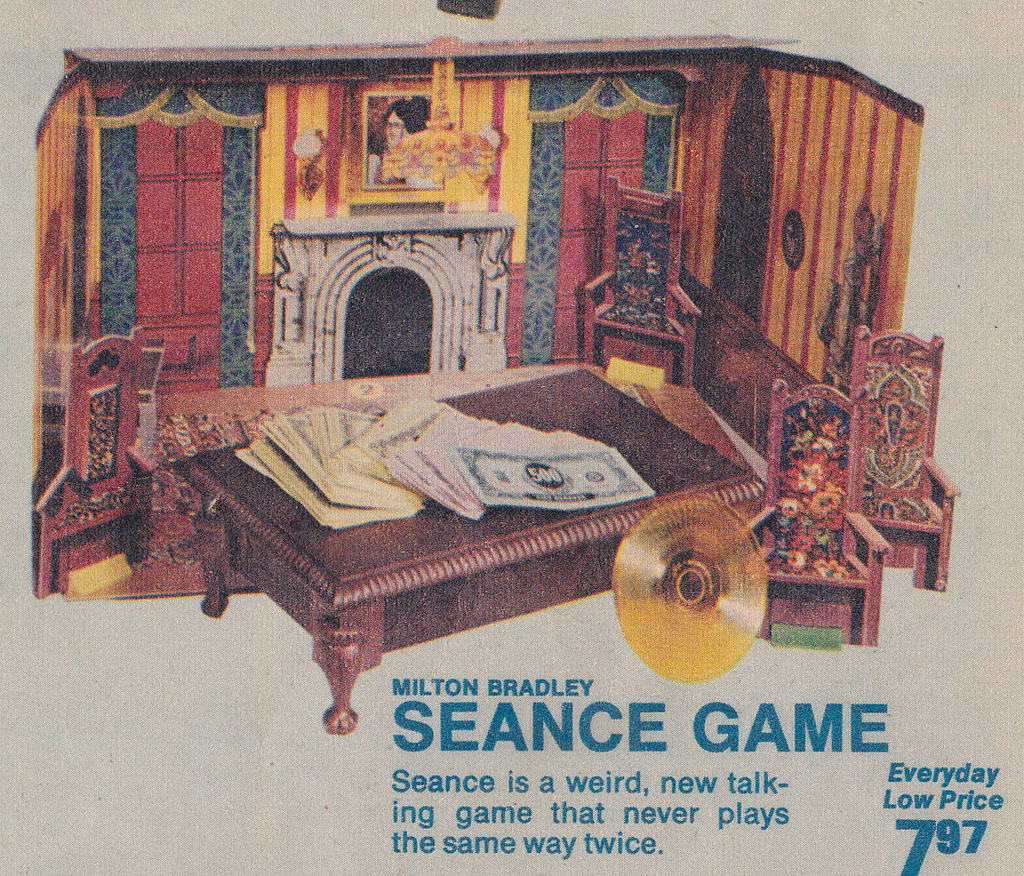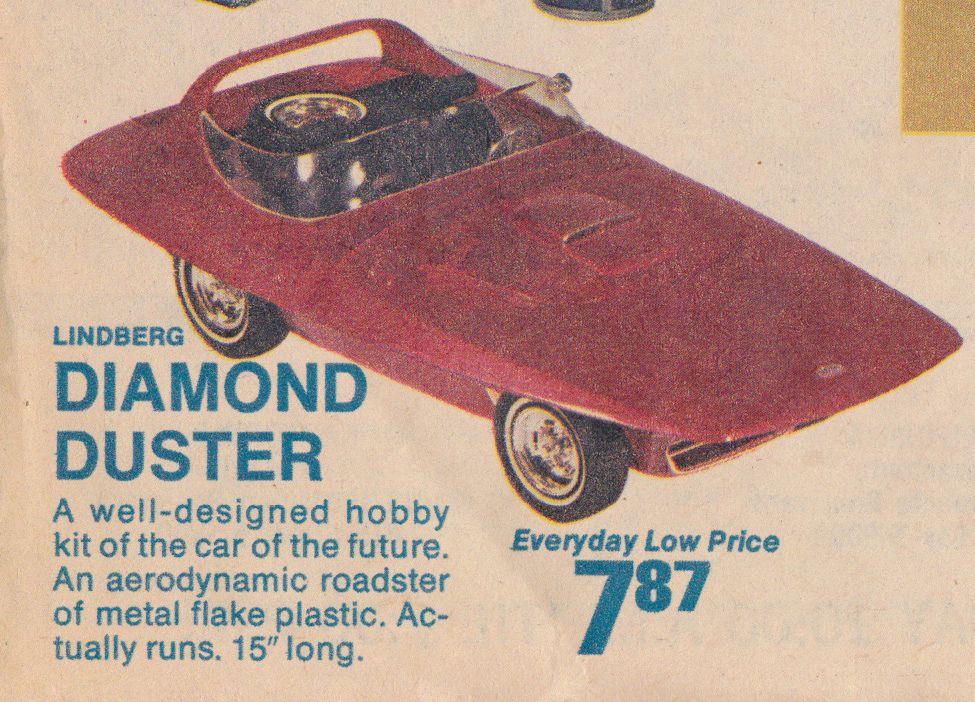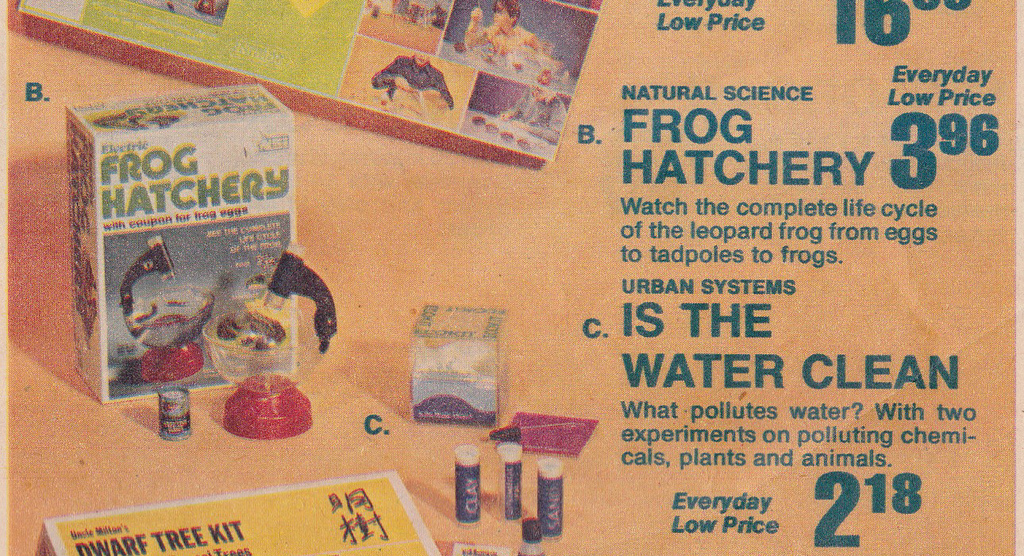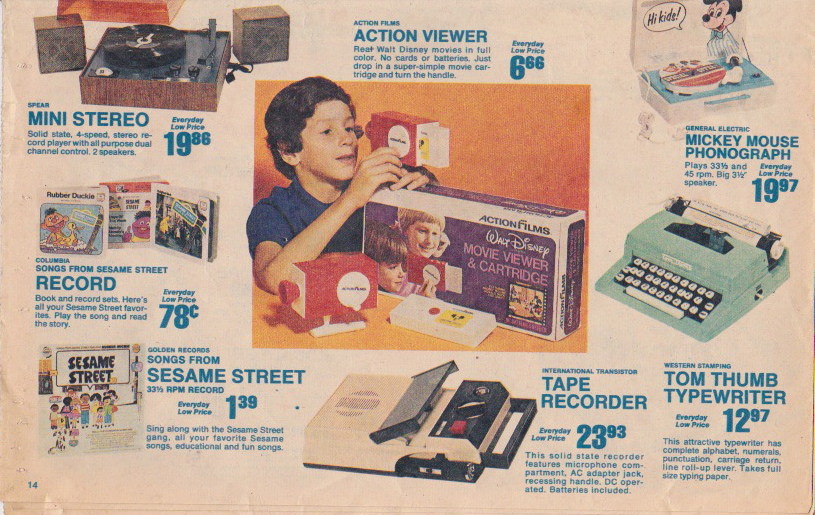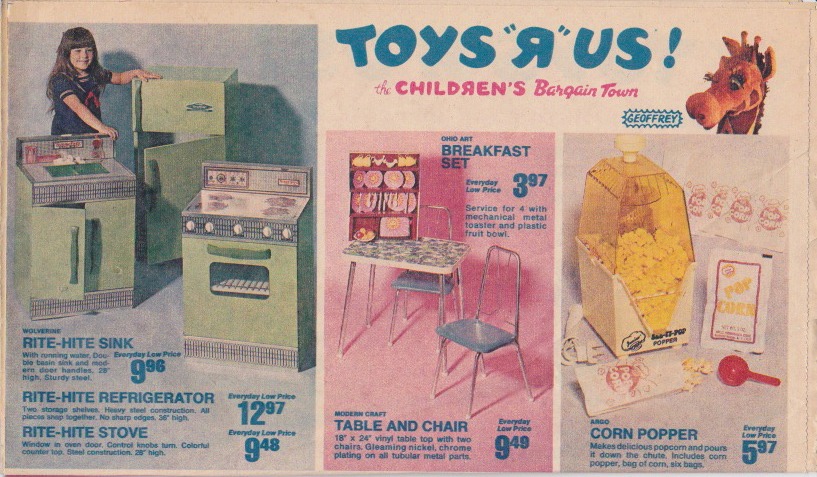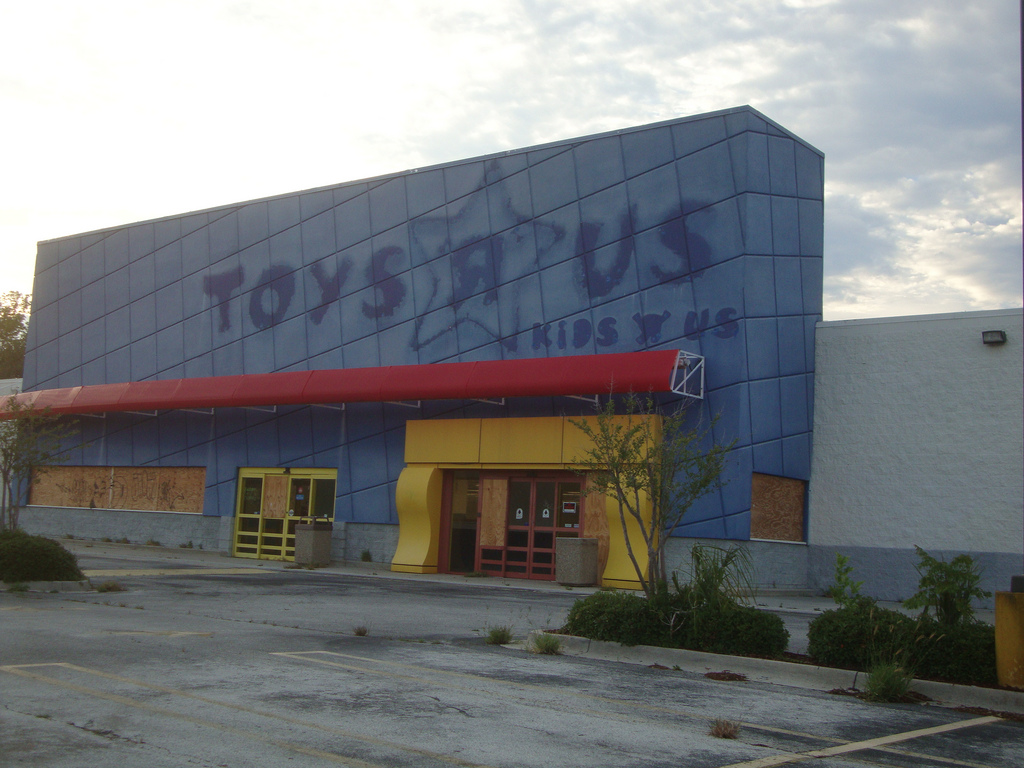
Toys R Us in Jacksonville © C-Bunny
They say kids only play with iPads and smartphone applications these days, but is that entirely true? The best-selling toy of 2016 was a furry mechanical robot creature called Hatchimal that arrives in an egg, hatches and then evolves as you play with it. So kids still want toys, but do they value that experience of buying them from an actual toy store? For some time now it seems, Toys “R” Us, Inc., the American retailer founded as early as 1948 and once the Mecca of playtime, has been struggling to give kids a reason to drag their parents to the store. I even felt inexplicably mildly depressed when driving past a Toys ‘R’ Us store recently. And in today’s random research rabbit hole, I found myself discovering that the amount of abandoned or severely neglected Toys ‘R’ Us stores across the United States and overseas … is kind of a thing.

Toys R Us Euclid, OH © Mike Kalasnik
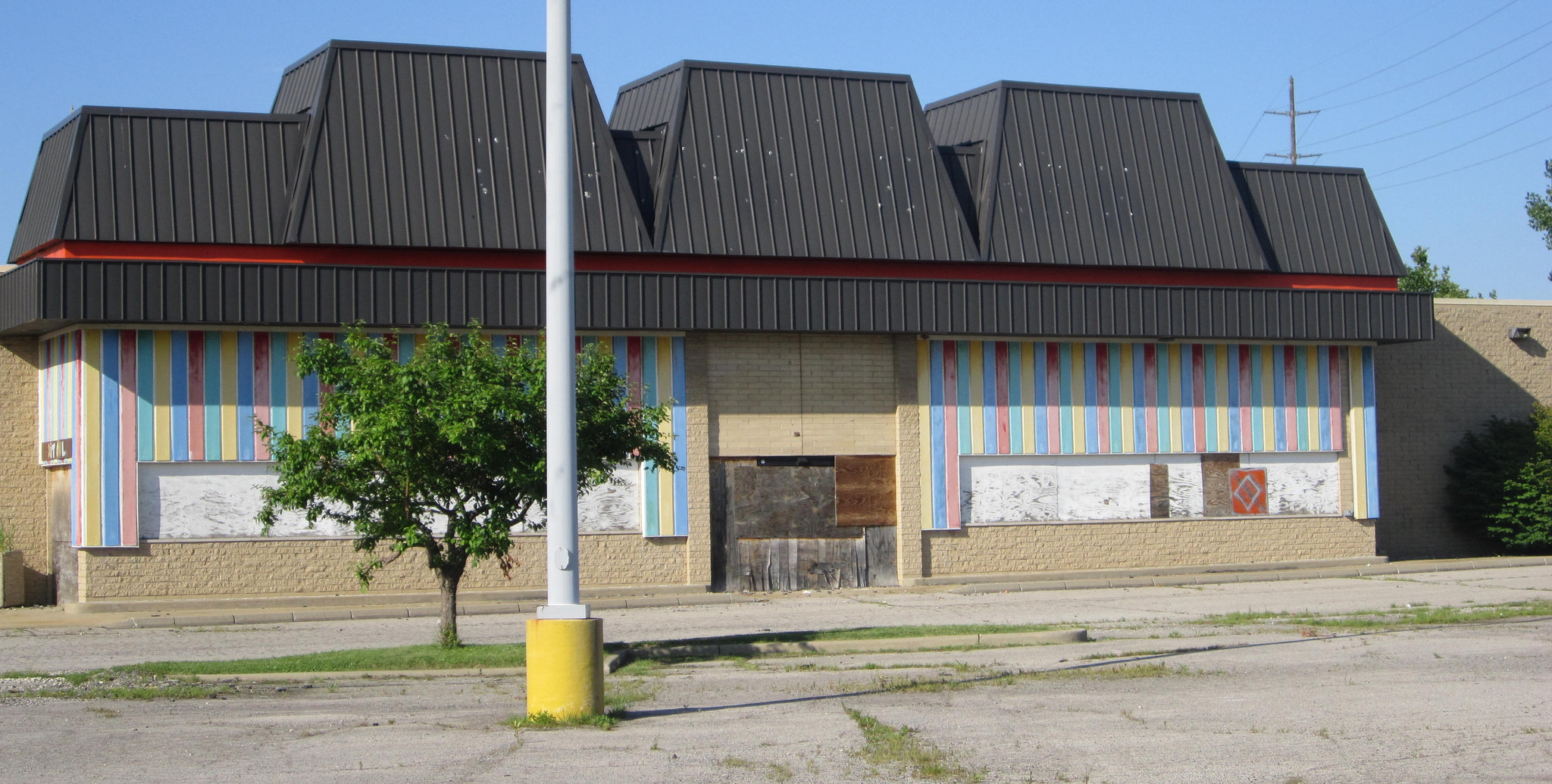
Toys R Us Euclid, OH © Mike Kalasnik
I searched Toys “R” Us in the online photo-sharing platform Flickr and was startled by the scores of images of ghostly toy stores, empty and overgrown parking lots and fading outlines of the famous bubble letter logo.
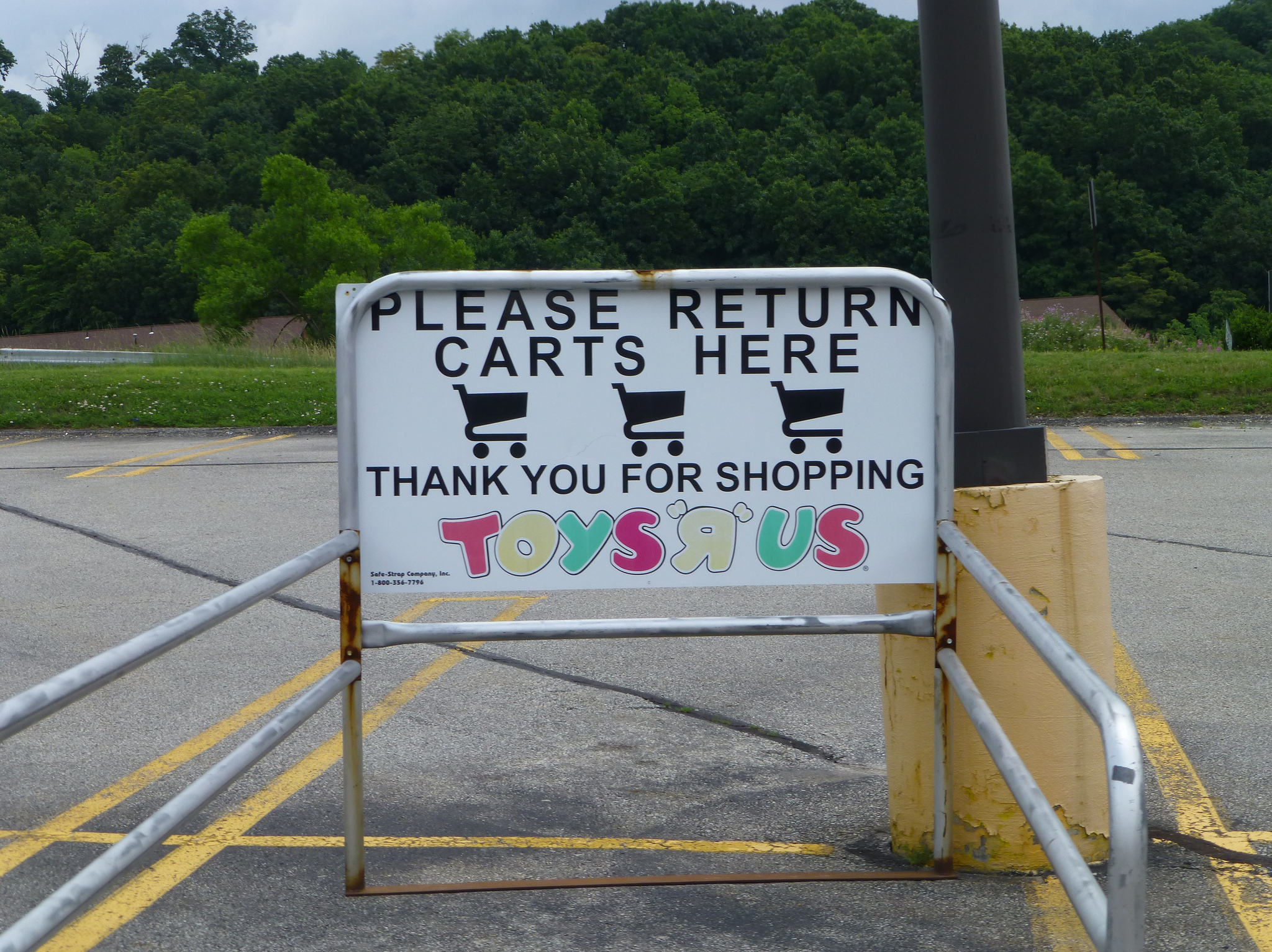
Toys R Us in Pittsburgh, Pennsylvania © Nicholas Eckhart
The most recent numbers for Toys ‘R’ Us aren’t good. Holiday sales drop more than 3 percent in 2017, despite two previous years of improving results and a new CEO that promises to save the iconic toy retailer.

Toys R Us – Bannister Mall Plaza, Kansas City © Mike Kalasnik
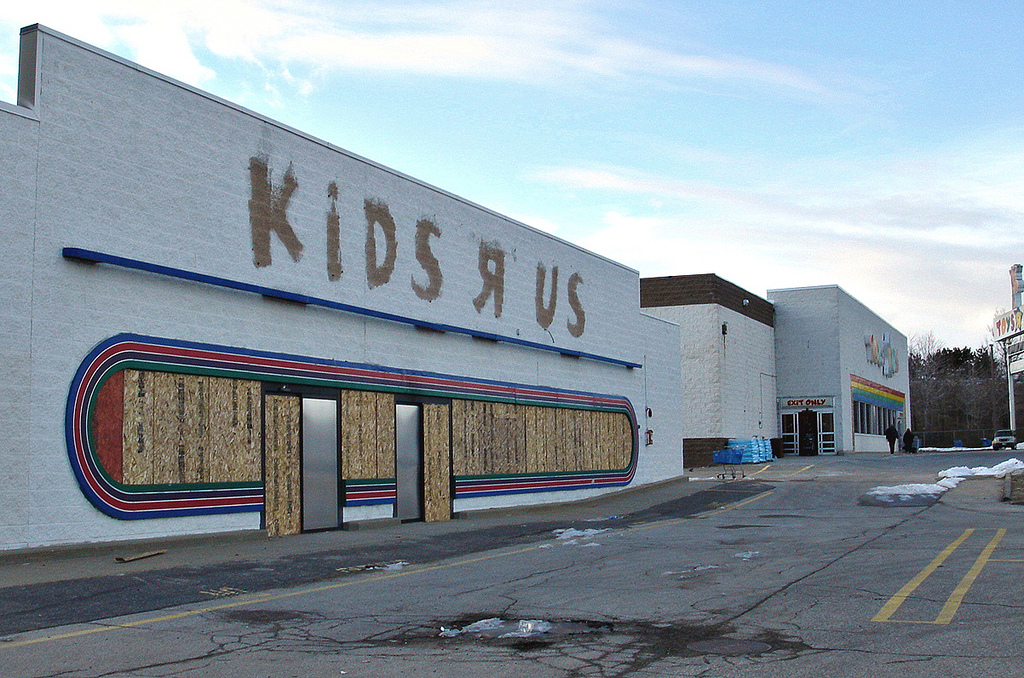
Vacant Kids “R” Us in Manchester, New Hampshire sat beside its big Toys “R” Us brother since 1983. The vacant site has since been razed for a Nissan Dealership © The Caldor Rainbow
Amazon.com is of course the toy retailer’s main problem and competitor. Ironically, Amazon.com once ran the Toys “R” Us website when they entered a ten-year contract for Amazon to be the exclusive supplier of toys on the website. Amazon eventually backtracked on the terms of the contract by allowing other toy retailers to sell on the marketplace, citing Toys “R” Us’s failure to carry the most popular lines. Toys “R” Us sued and won against Amazon and were awarded $51 million, but that doesn’t seem to made a difference.
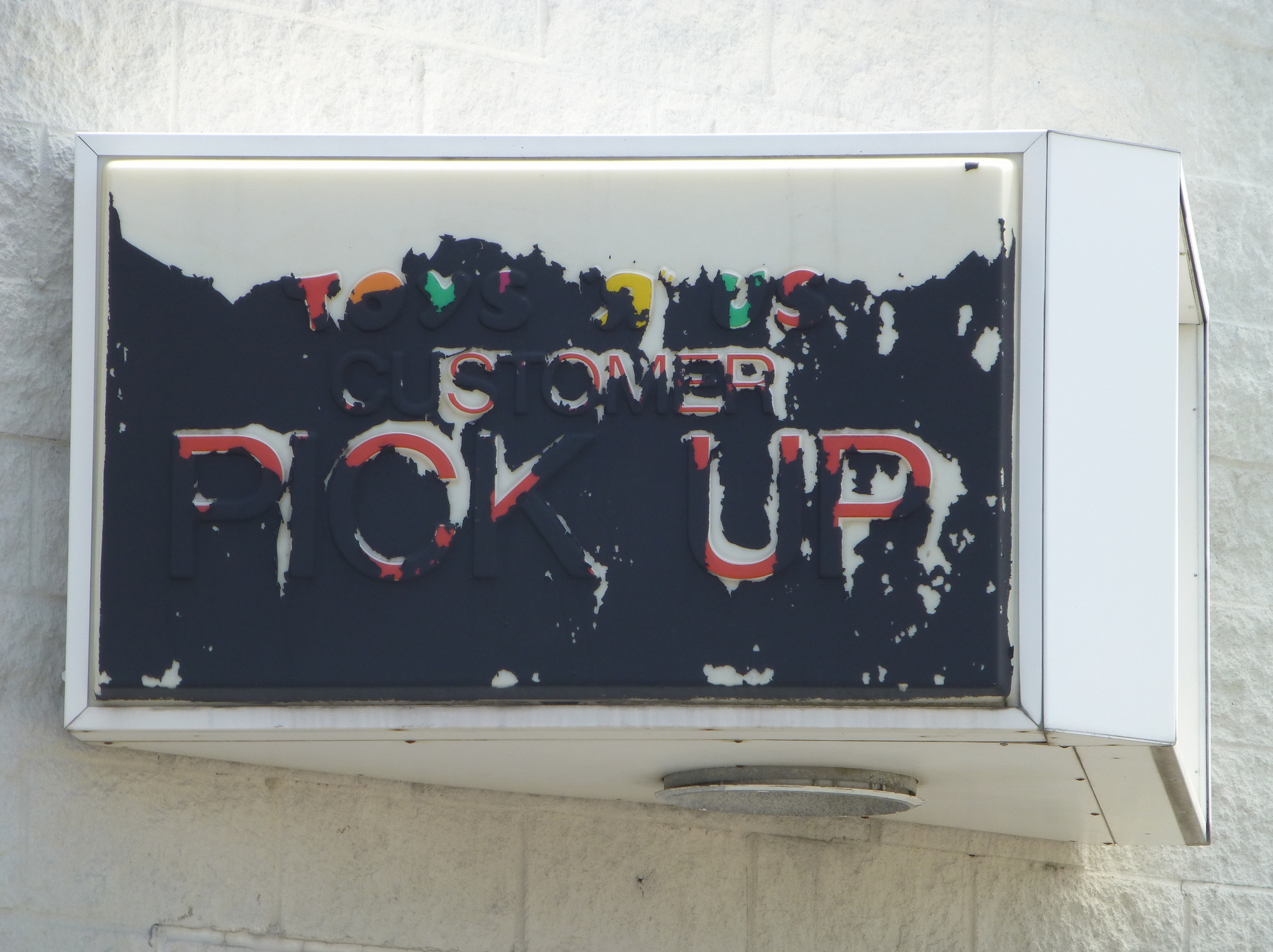
North Randall Ohio © Nicholas Eckhart
Several experts speaking to Forbes weighed in on the slump, calling the retailer “guilty of keeping a pre-Amazon strategy for far too long”. When the Times Square flagship in NYC, as well as the Toys ‘R’ Us-owned FAO Schwartz closed down in 2015, the reason cited for the closures was the city’s escalating rents.
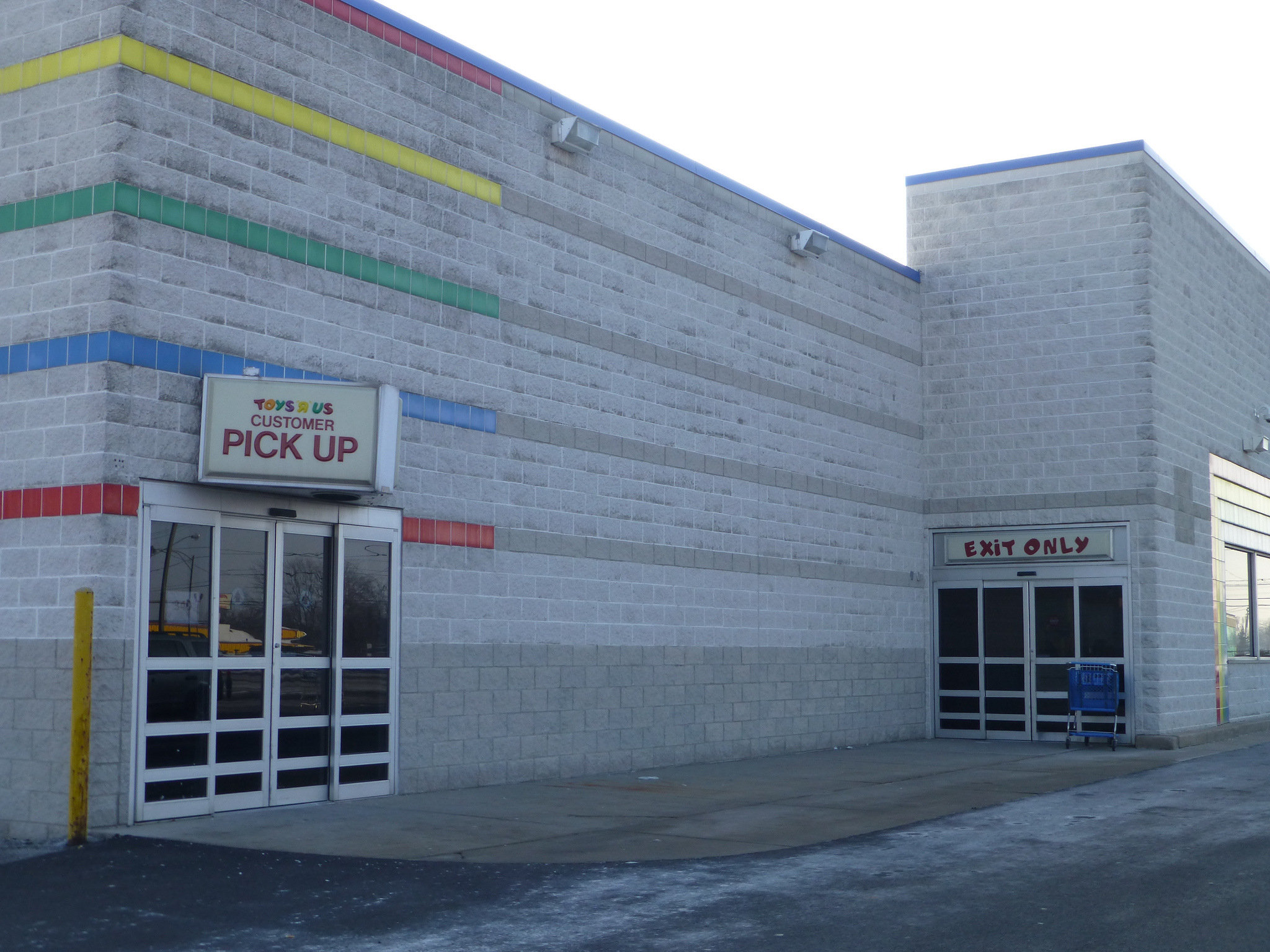
Toledo, Ohio © Nicholas Eckhart
A brand strategist told Forbes, “Apple doesn’t seem to have an issue with high rent. … If Toys ‘R’ Us would spend more time on proprietary product and innovation in general, they’d have less trouble paying rent in any of their locations. It’s just another sign of the death of the warehouse concept. Or, better put, the migration of the warehouse concept to clicks vs. bricks.”
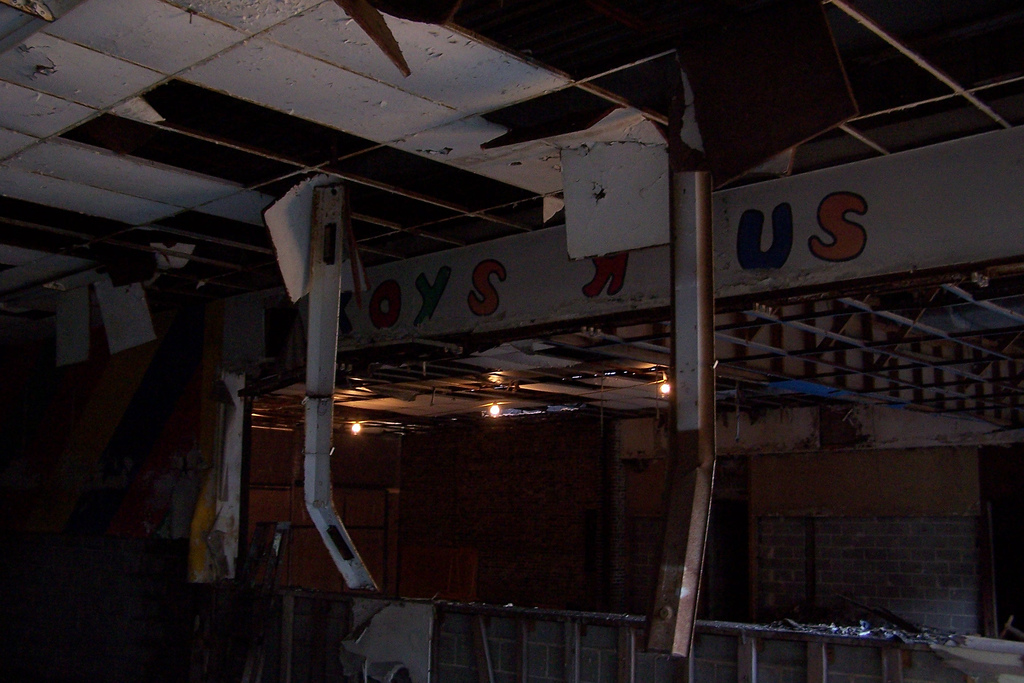
Toys’ R’ Us at Dixie Square Mall, Illinois.It stood vacant for over 30 years, more than twice as long as it was in business. It was famous for having been used, both inside and out, for the mall chase scene in the movie The Blues Brothers. Demolished May 17, 2012. © Mike Brown
Outside of cities, it doesn’t help that shoppers are abandoning the suburban malls that helped make the big-box pioneer one of the most dominant retailers of the 1980s and 1990s. In 2014, it was announced the company would close hundreds of its stores. By the looks of my Flickr dive, they followed through on their promise. Soon, spotting an abandoned Toys ‘R’ Us store might almost be as easy as finding an old Blockbuster video store dressed as a Taco Bell or a dollar store.
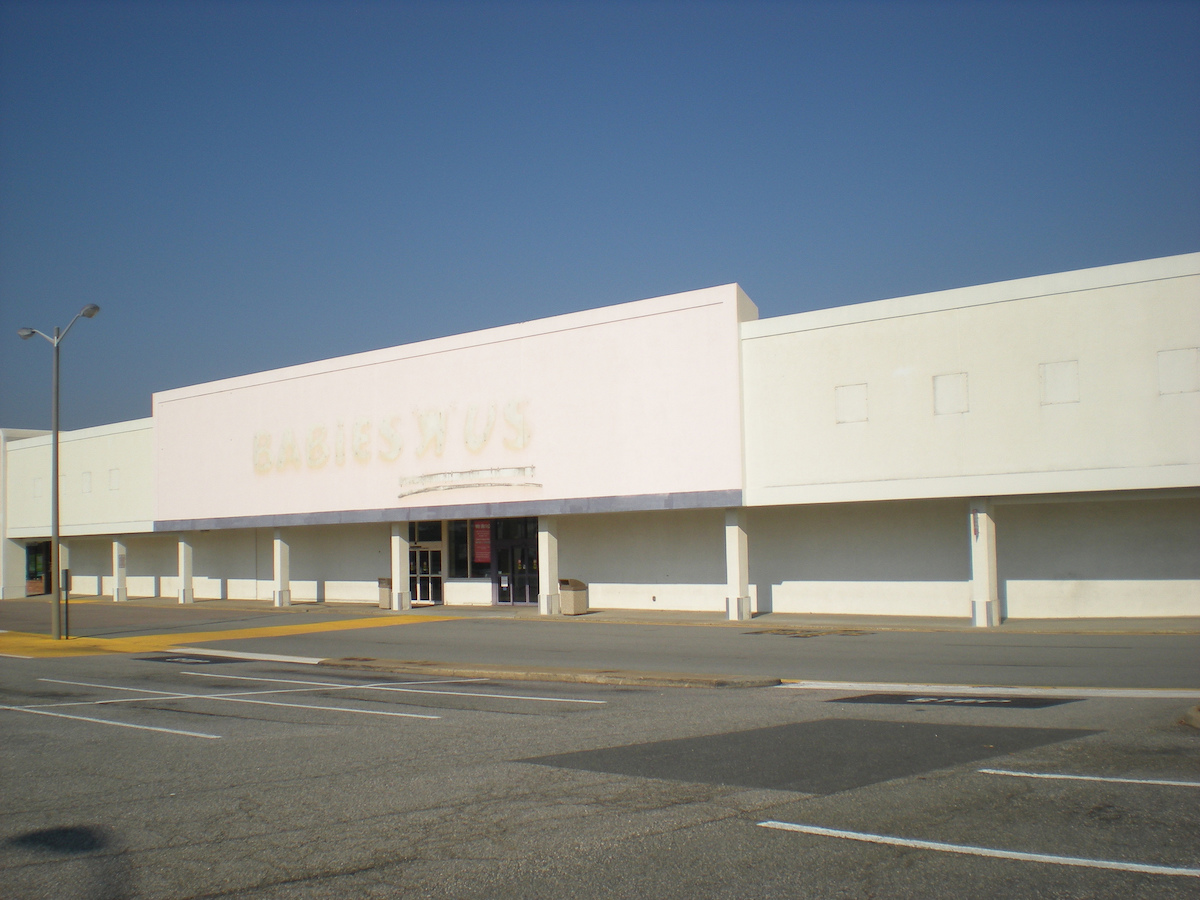
Abandoned Babies R Us store in Richmond, VA. Closed in September 2012 © Ryan Rules
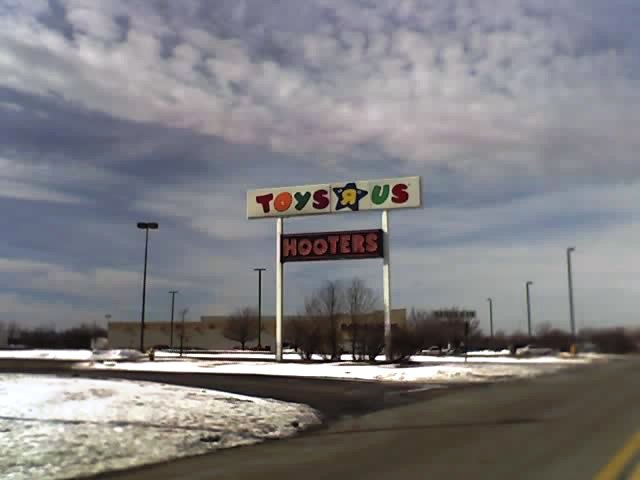
Toys R Us and Hooters sign in Fairview Heights Illinois © matneym
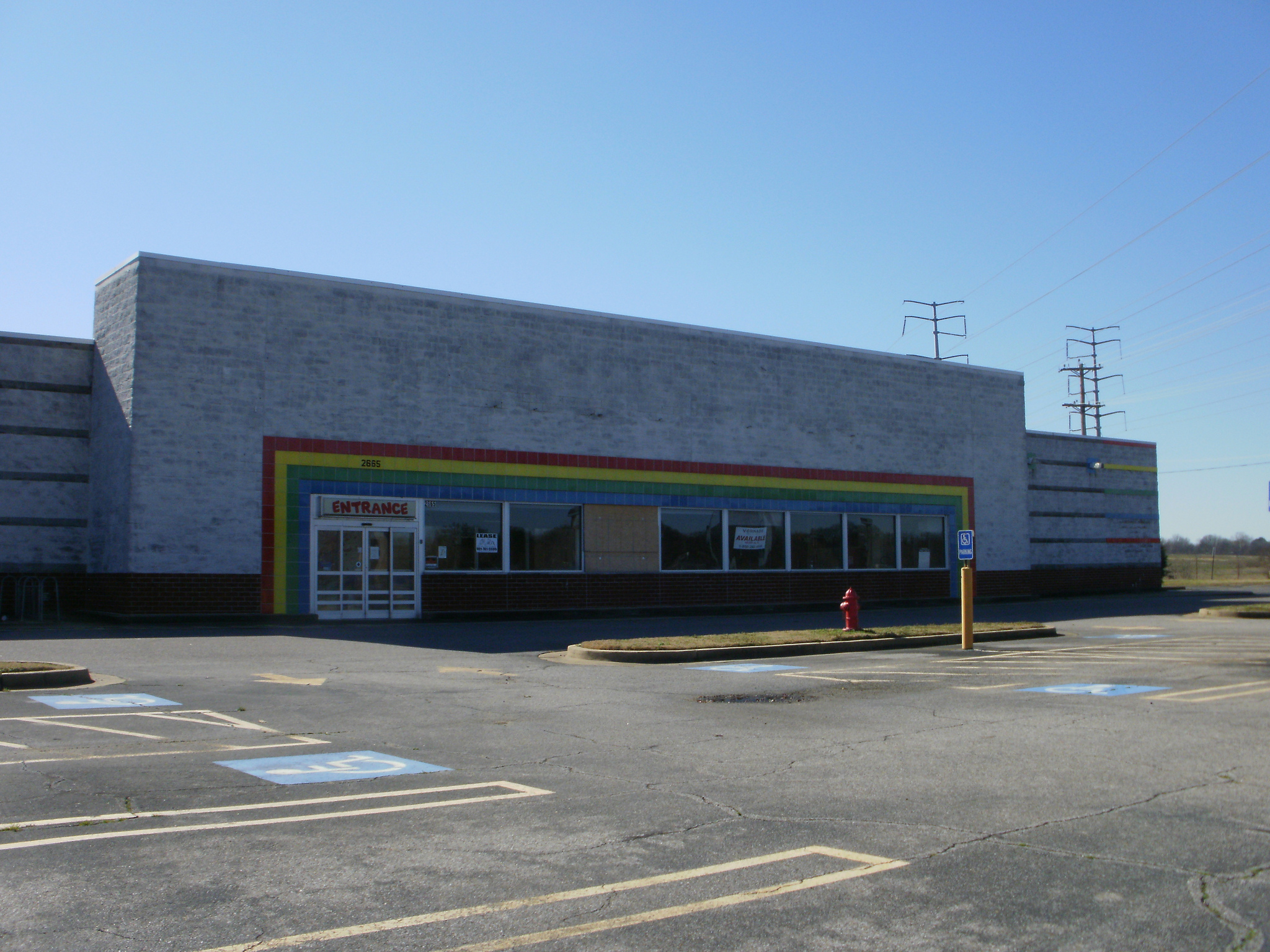
Former Toys-R-Us, Mall of Memphis Blvd, Memphis. Closed in 2005-2006 © Flickr

Toys R Us Knoxville, TN © Mike Kalasnik
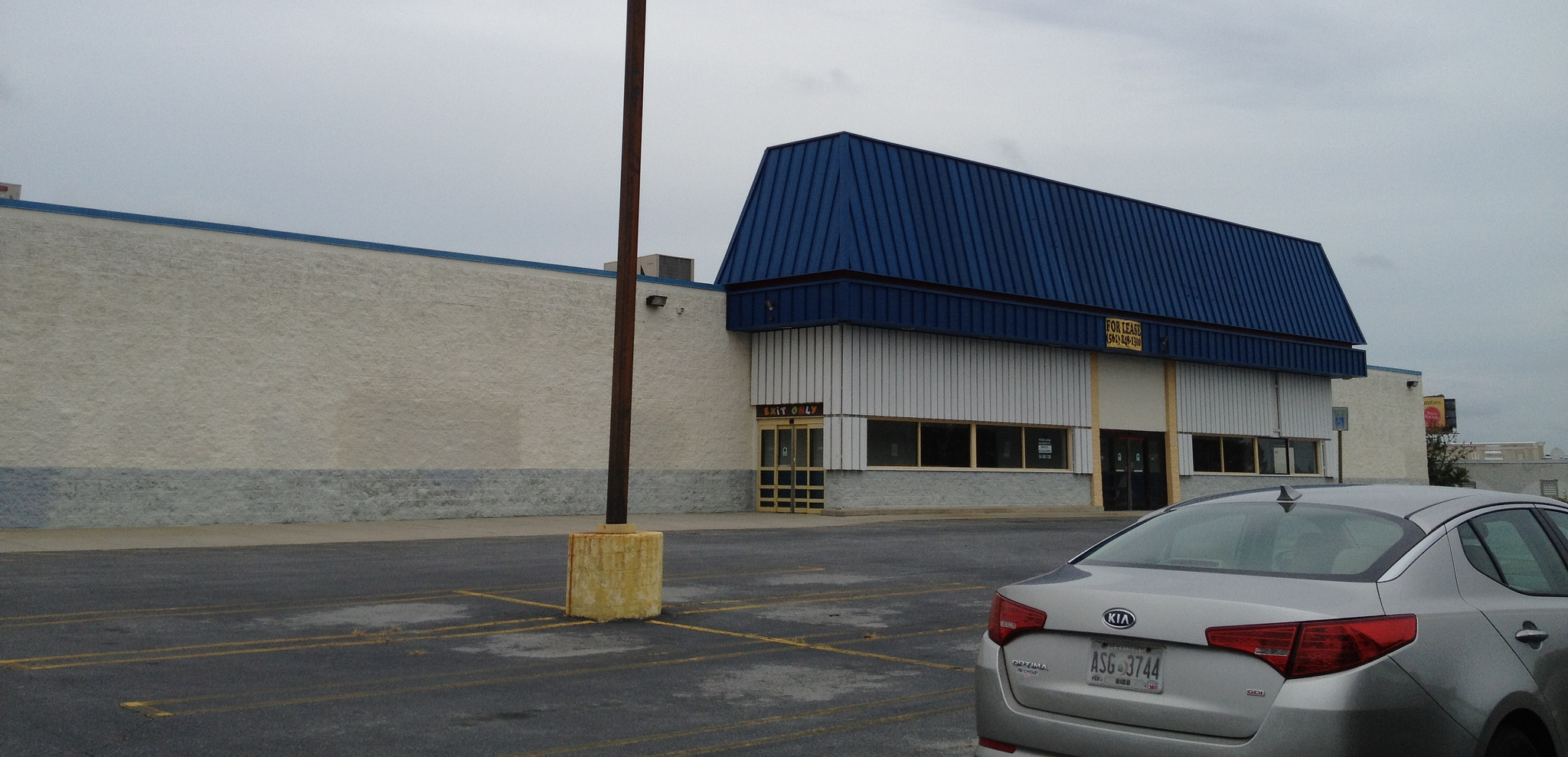
Toys R Us Eisenhower Pkwy Macon, GA © Mike Kalasnik

Toys R Us Eisenhower Pkwy Macon, GA © Mike Kalasnik
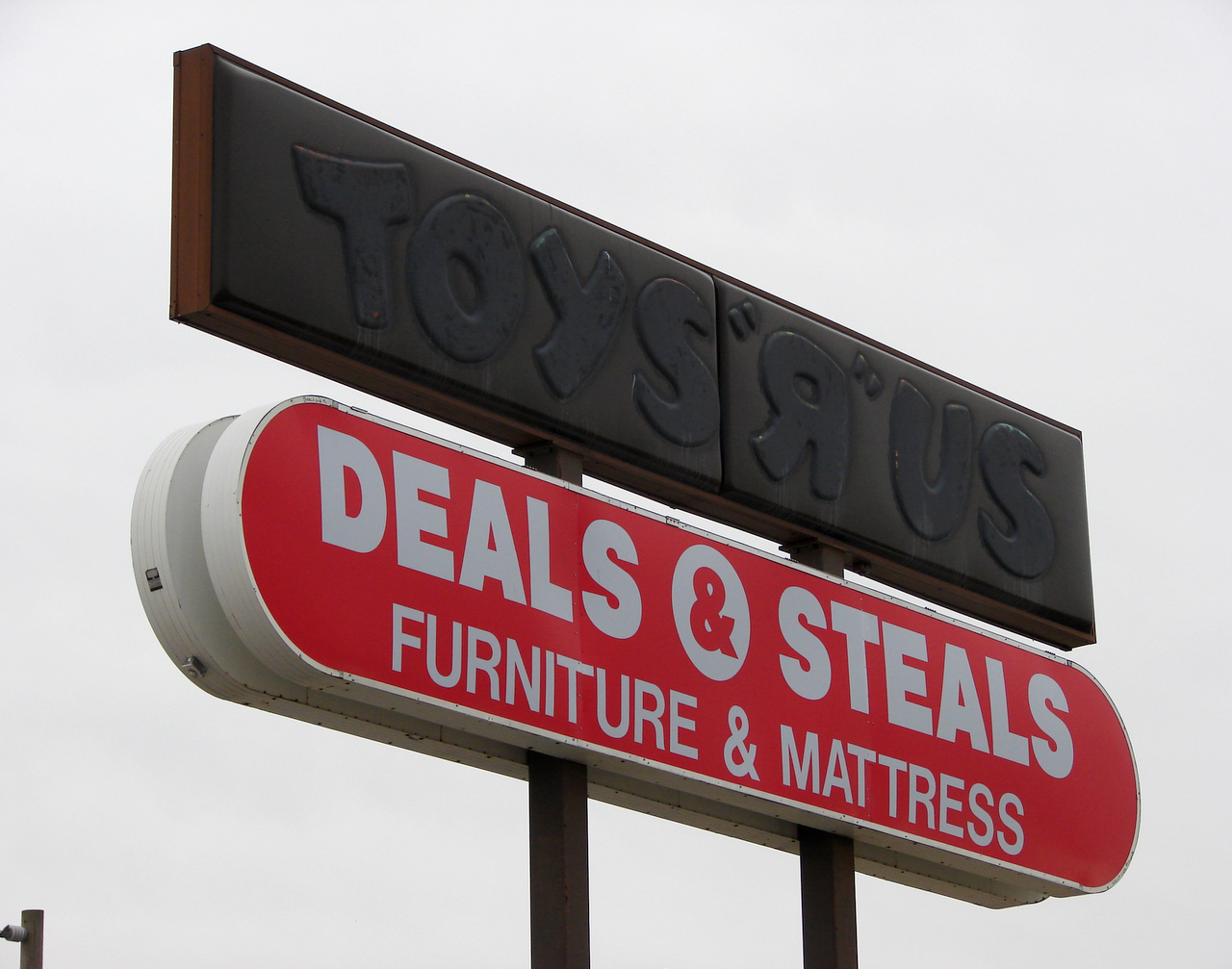
Black-Out Toys “R” Us sign in Columbus, OH © The Caldor Rainbow
But hope is lost at Toys ‘R’ Us headquarters. Despite the toy kingdom being saddled with debt, CEO Dave Brandon has big plans, including the overhaul of its online store. Brandon also says the key to chain’s future is making stores more fun. “I want kids to be dragging their parents to our stores because they want to see what’s going on at Toys ‘R’ Us this weekend,” he told Bloomberg in September 2016.
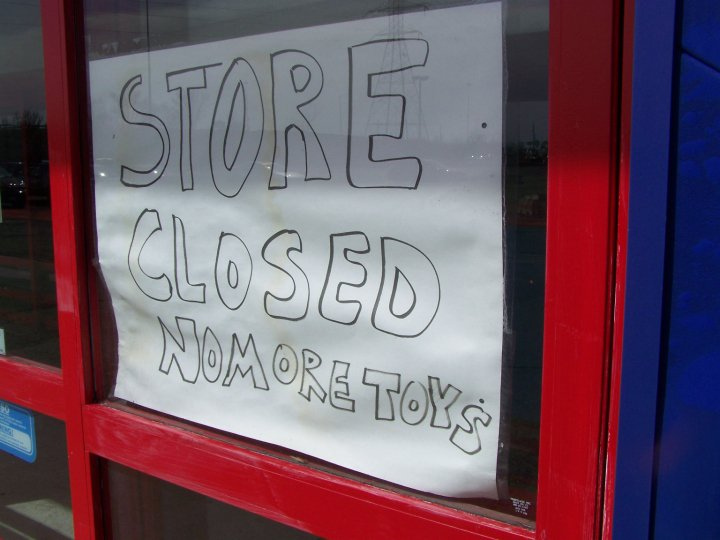
Abandoned Toys R Us, West Broad Street, Columbus Ohio (Circa 2010) © Brian Penzone
The founder of toymaker MGA Entertainment Inc, Isaac Larian, put it simply: “If no Toys ‘R’ Us, no toy business.”
And on that note, I think this calls for a quick trip down memory lane before you go, with this 1972 Toys ‘R’ Us Christmas catalogue…


